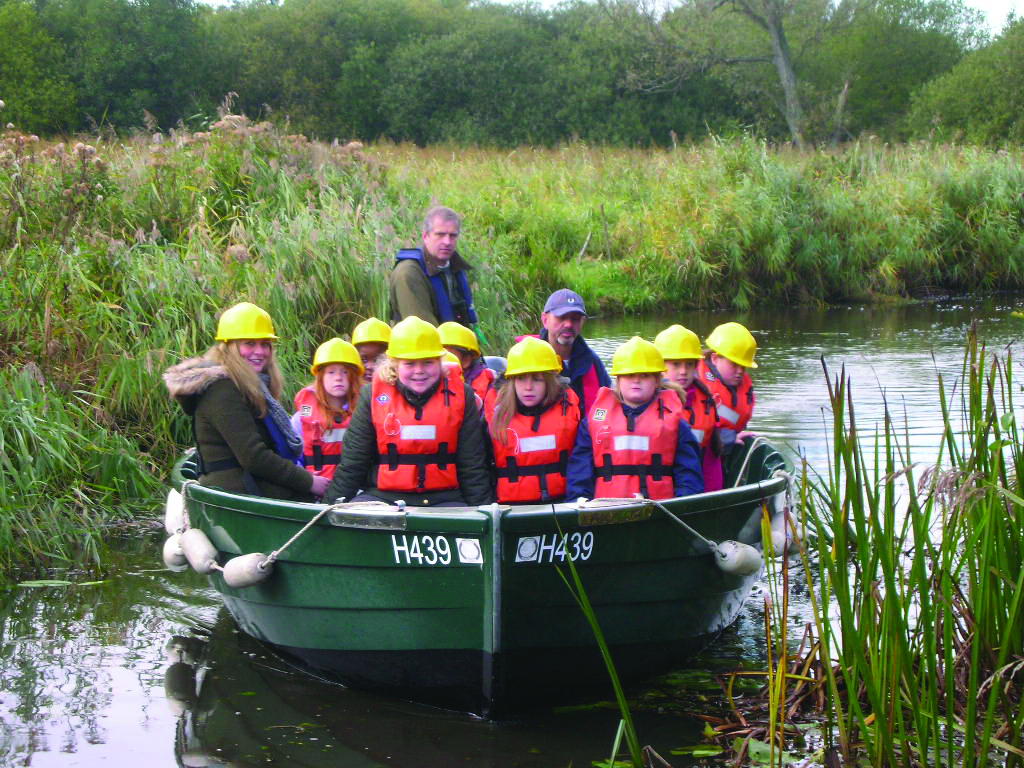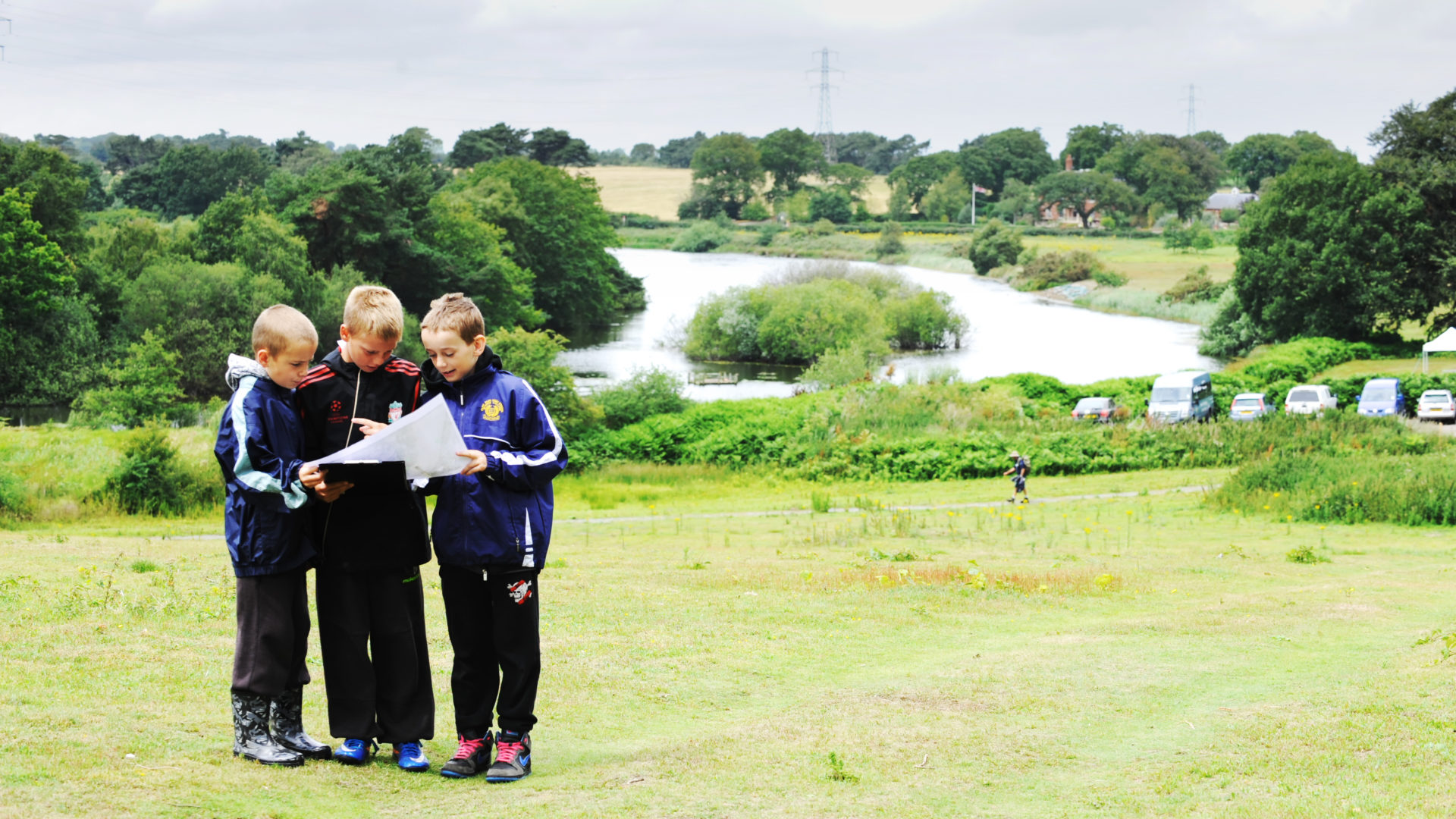
Fieldwork and education in the Broads
-
Date posted: 13/10/2020
-
Time to read: 5 minutes
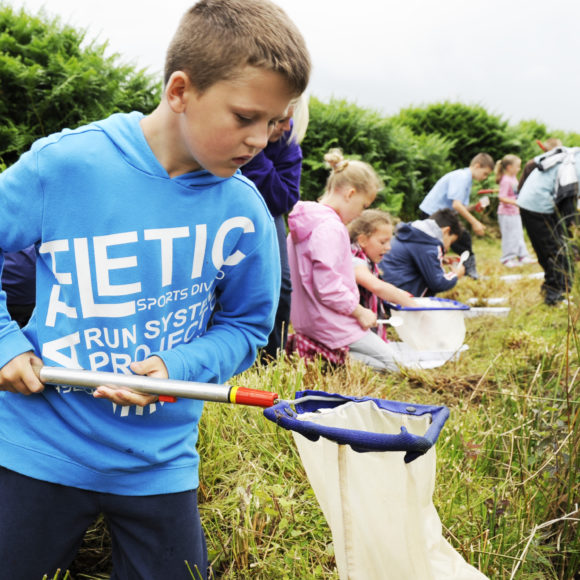
The wonder of learning in the Broads National Park
Like all the National Parks, the Broads has so much to offer for top quality fieldwork. However, it truly excels as a unique and magical place when it comes to educational opportunities which flow along the rivers and through the swamps!
This watery national treasure can be used to explore the curriculum and children’s imaginations in so many inspirational ways.
The ever-changing nature of waterways is a cross-curricula story thread, which speaks of ecology, history, geography, transport, tourism, literature, art and above all, the relationships between people and the environment.
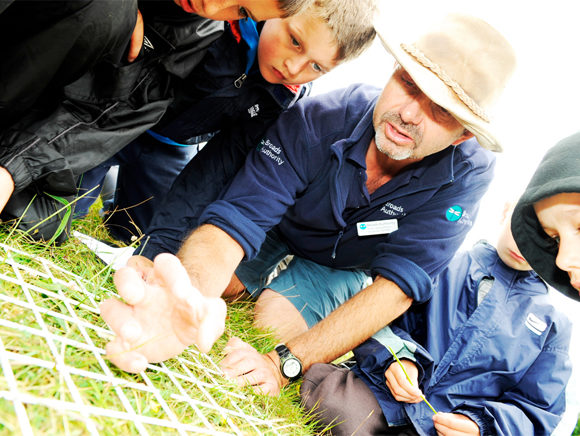
Geography
Waterways can be all about practical measurements such as flow rates, bank-full discharges and current velocity. In the Broads, the rivers also tell stories of settlement, agriculture, tourism, recreation and conflicting uses, transport, drainage, flooding and landscape reshaping.
Above all, the story of the Broads is one of climate change. The landscape offers a fascinating (and very relevant) case study of human fuel use and climatic fluctuations, from the creation of the broads from abandoned mediaeval peat diggings, to the current threats posed by sea level rise.
A hands-on activity involving charcoal making and drying peat around a campfire brings in aspects of history, geography and science, and leads to thoughtful and provocative discussions about human use of resources and the environmental consequences.
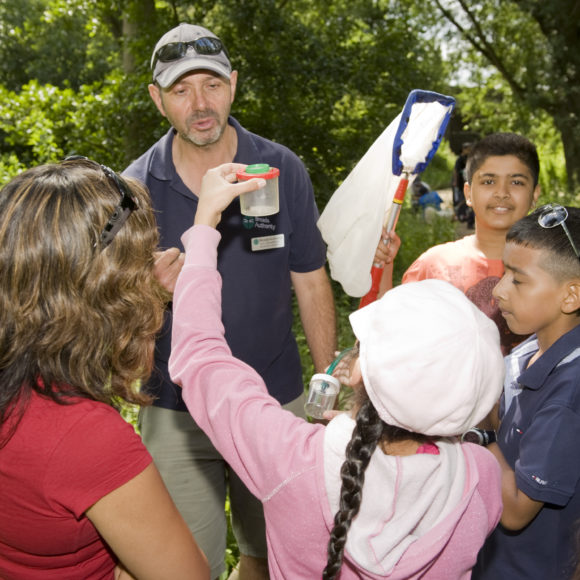
History
The history of the Broads is a rich seam of endlessly surprising learning opportunities.
The changing populations of the Broads, from Romans to modern day tourists, via Vikings, mediaeval peat diggers, drainage engineers and Victorian marshmen, have all left a legacy.
The timeline is written in the landscape and can be illustrated by peat cores up to 3m deep. Sinking an auger into a fen and handling the peat formed 2,000 years ago always seems to capture the imagination of both students and teachers.
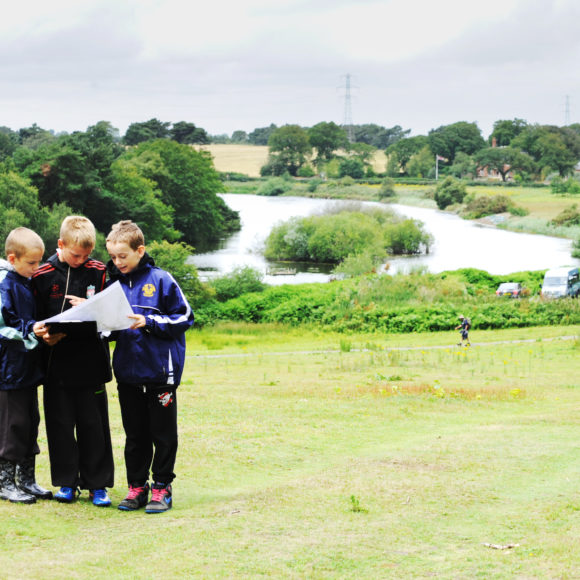
Science and ecology
In terms of science and ecology, the potential of wetlands and waterways is almost endless.
River, pond or dyke dipping in spectacular natural environments is among the most stimulating fieldwork activity for any age. The possibility of finding the largest or most fearsome or most exciting underwater creature will engage almost everyone. Concepts like food chains and adaptations, and skills like using identification keys are brought to life. Water testing for nitrates is given real world context when there is a possibility of spotting kingfishers, or even swallowtail butterflies! Working in quaking fens and swampy carrs brings adventure to transects and quadrats.
Practical habitat conservation work like willow scrub clearance will also give a muddy realism to the science.
Other learning ideas for educators
Themes for literacy could be postcards from an Edwardian tourist, or poetic marshland myths and legends. The captivating landscape between shivering reeds and eternal skies has inspired artists and authors for centuries.
Getting close to the water and splashed while spotting a swimming grass snake or otter makes any activity involving small boats very memorable.
Throw in some water safety activities (with all the fun of practising with a rescue-line) and a group of students can have an exciting learning experience.
Just being out in the Broads is excellent for health and well-being, but when coupled with the amazing stories and science woven through the landscape, this wonderful wetland becomes a truly magical, inspiring and potentially life changing place to learn.
The naturalist Ted Ellis described the Broads “a breathing space for the cure of souls”, a phrase which seems particularly relevant today. We need places like this more than ever!
Article by Nick Sanderson, Education Officer for the Broads National Park
